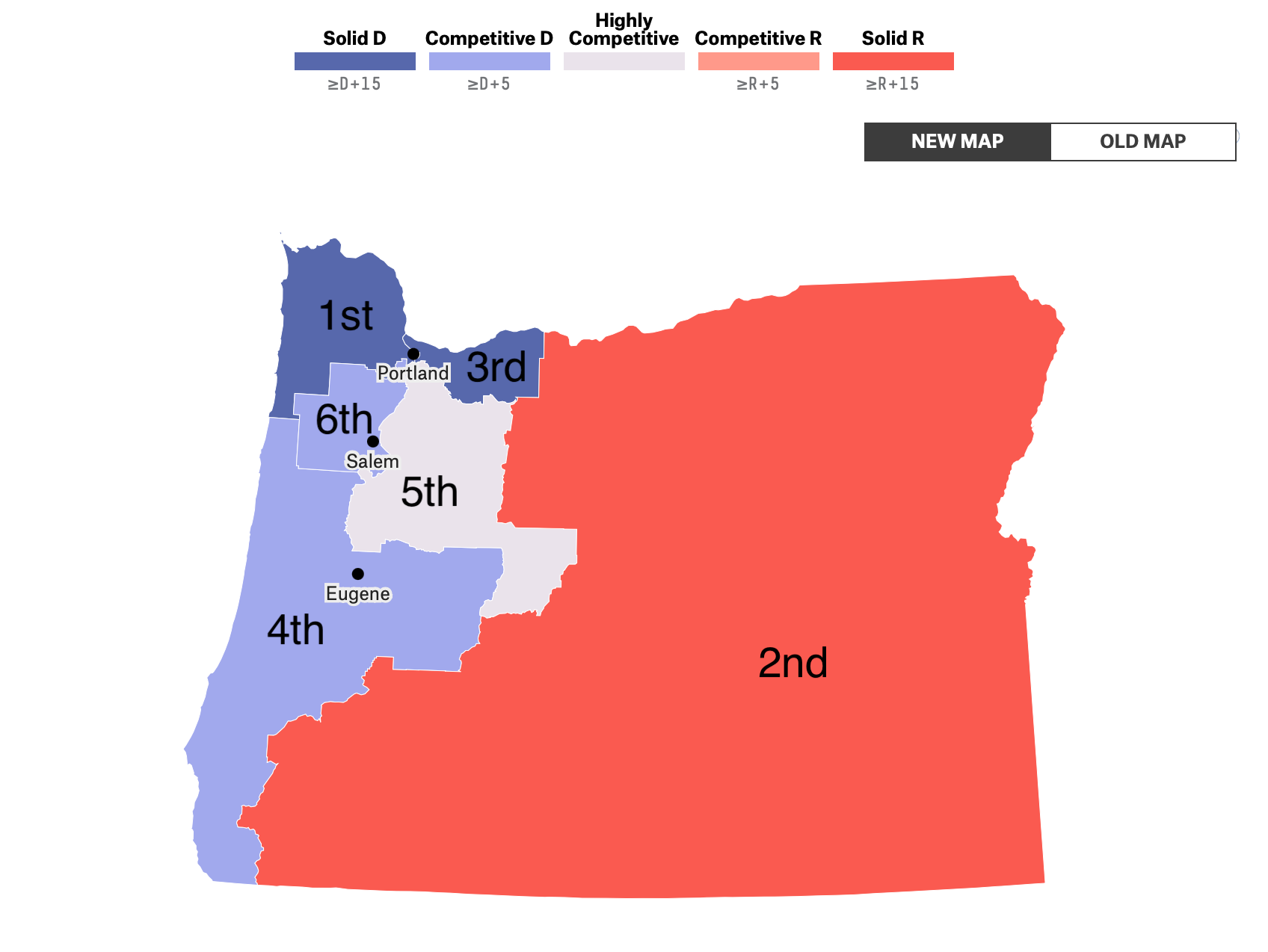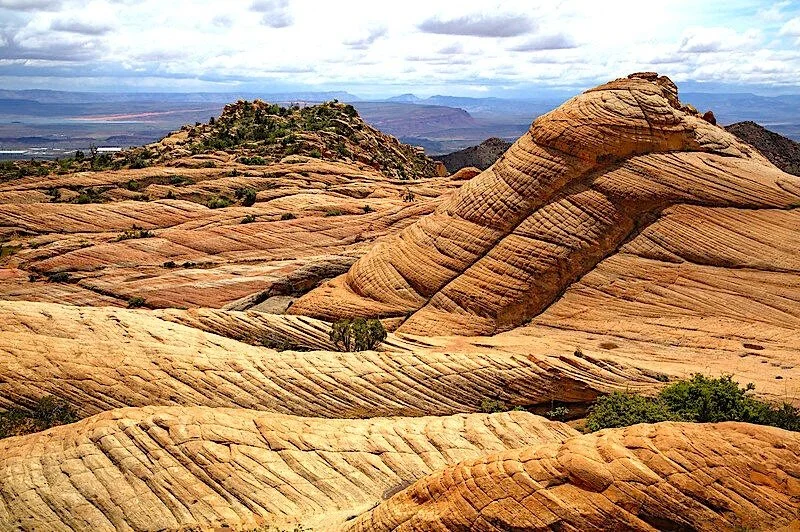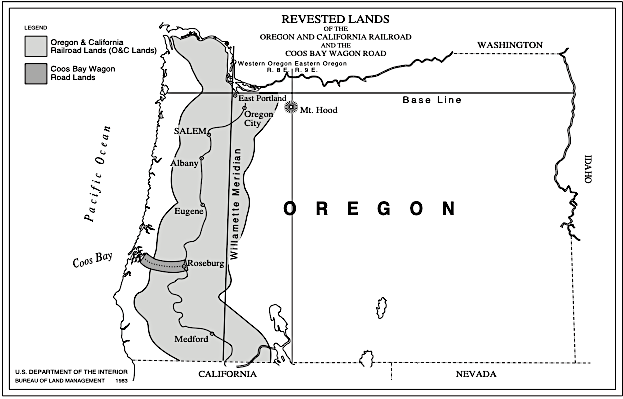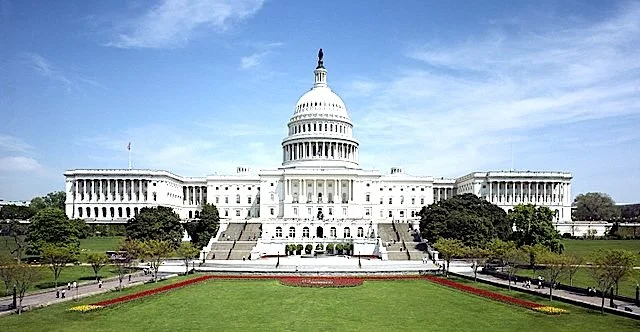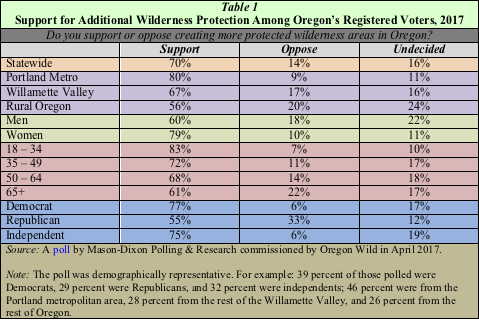Sort By Category
- 30x30
- Administration
- Antiquities Act
- Book Reviews
- Bureau of Land Management
- Climate Change
- Climate change
- Coasts
- Congress
- Counties & Federal Lands
- Courts
- Courts & Litigation
- Department of Agriculture
- Department of Interior
- Deserts
- Ecological Reserves
- Ecosystems
- Elections
- Endangered Species
- Energy
- Estuaries
- Federal Lands
- Fish
- Fish and Wildlife Service
- Forest
- Forest Fires
- Forest Service
- Forestry
- Forests
- Grasslands
- Land & Water Cons. Fund
- Land & Water Conservation Fund
- Legislation
- Litigation
- Livestock Grazing
- Marine Protected Areas
- Marine Sanctuaries
- Mature & Old-Growth Forests
- Mature and Old-Growth Foresrts
- Mining
- Nat'l Conservation Lands
- National Forest System
- National Marine Sanctuaries
- National Monuments
- National Monuments Act
- National Park Service
- National Park System
- National Parks
- National Recreation Area
- National Scenic Area
Sort By Tag
- 1002 area
- 30x30
- 5th Amendment
- ANWR
- Acadia National Park
- Adam Smith
- Administrative Procedure Act
- Advancing Conservation and Education Act
- Alan Bates
- Alan Deboer
- Alaska
- Alaska National Interest Lands Act
- Alaska Native Claims Settlement Act
- Aldo Leopold
- American Forest Resource Council
- American Prairie Reserve
- American Tree Farm System
- American beef supply
- American black duck
- American woodcock
- Ammon Bundy
- Ancient Forest National Park
- Anders Eskil Carlson
- Andrea Salinas
- Andrew N. Gray
- Andy Kerr
- Animal unit month
- Ansel Adams
- Antiquities Act
- Applegate Primitive Backcountry Area
- Aqua Fria National Monument
- Aquatic Conservation Strategy
- Aquatic Conservation and Riparian Strategy
- Arches National Monument
- Arches National Park
- Arctic National Wildlife Refuge
- Areas of Critical Environmental Concern
- Army Corps of Engineers
- Association of O&C Counties
- Astoria Canyon
- Astoria Fan
- Atlantic Coast
- Augusta Canal NHA
- Avarna Group
- Avi Kaw Ame
- BLM Conservation Rule
- BLM Zone 3 Lands
- BOEM Oregon Planning Area
- Baboquivari Peak Wilderness
- Baker County
The Forest Service Proposal to Save Its Old Growth: A Start, Though Inadequate
The Forest Service’s announcement that it is going to amend all national forest land management plans to “conserve and steward” old-growth forests is a start, although it’s a third of a century late and the proposed amendment is as light on conservation as it is loose on stewardship. As now proposed, the amendment leaves out mature forests, and the agency would leave loopholes large enough for log trucks loaded with old-growth logs to drive through.
Changes Coming to the Oregon Delegation to the US House, Part 2: 1st, 2nd, and 4th Districts
This is the second installment of a two-part exploration of certain, probable, and/or needed changes to the Oregon delegation to the US House of Representatives in the 2024 elections.
Changes Coming to the Oregon Delegation to the US House, Part 1: 3rd, 5th, and 6th Districts
This is the first installment of a two-part exploration of certain, probable and/or needed changes to the Oregon delegation to the US House of Representatives in the 2024 elections.
Along with the great danger of the Oregon US House delegation becoming worse on public lands issues, there are also great opportunities for it to be better.
The Unmaking of the Northwest Forest Plan, Part 1: Out with Enforceable Substance and in with Performative Process
This is the first installment of a two-part series on the Forest Service seeking to amend the Northwest Forest Plan. Part 1 examines the motivation of Forest Service bureaucrats to release themselves from the shackles of the plan, all the while playing up happy talk about ecosystems and sustainability and downplaying the sad truth of more roading and logging. Part 2 will examine how to strengthen the Northwest Forest Plan for the benefit of this and future generations.
How Much Mature and Old-Growth Forest Does the US Have Left?
Supreme Court Justice Potter Stewart said it of pornography, but he could have applied the thought to old-growth forests as well: “I shall not today attempt further to define the kinds of material I understand to be embraced . . . but I know it when I see it.”
Book Review: Our Common Ground: A History of America’s Public Lands
Understanding the history of public lands is useful if one is to be the best advocate for the conservation of public lands.
30x30, Part 3: Forty-Four Tasty Conservation Recipes One Can Make at Home—If One Lives in the White House
This is the third of three Public Lands Blog posts on 30x30, President Biden’s commitment to conserve 30 percent of the nation’s lands and waters by 2030. In Part 1, we examined the pace and scale necessary to attain 30x30. In Part 2, we considered what constitutes protected areas actually being “conserved.” In this Part 3, we offer up specific conservation recommendations that, if implemented, will result in the United States achieving 30 percent by 2030.
B. Owl v. N. S. Owl
The barred owl has invaded the range of the northern spotted owl and needs to be stopped before driving the latter to extinction.
Roading the Red Cliffs: Unnecessary, and Illegal to Boot
The Colorado Plateau, the Great Basin Desert, and the Mojave Desert come together in Washington County, Utah, where the Red Cliffs National Conservation Area (RCNCA) is generally centered. In this transition zone, unusual plant and animal species have evolved, including the dwarf bearclaw-poppy (Arctomecon humilis) and Shivwits milk-vetch (Astragalus ampullarioides), small native plants that grow nowhere else on earth.
Withering Whitebarks and Wilderness
After decades of dithering, the Fish and Wildlife Service has finally proposed listing the species as “threatened” under the Endangered Species Act (ESA). But a special rule appended to the proposed listing creates a conundrum: Does ESA protection take precedence over wilderness area protection?
Amending the Eastside Screens, Part 1: A Quarter Century of “Interim” Management
This is the first of two Public Lands Blog posts that consider the desire of the Forest Service to amend a provision of the “Eastside Screens,” standards designed to protect public forests east of the Cascade Range. Part 1 examines the history, science, and politics leading up to the adoption of the Eastside Screens and their implementation since then. Part 2 will suggest what the Forest Service could do to improve the Eastside Screens, in both the short and long term.
Another Northwest Forest War in the Offing? Part 1: A Sordid Tale of Environmental Destruction, Greed, and Political Malfeasance
This is the first of two Public Lands Blog posts that examine the management (and mismanagement) of more than 2 million acres of federal forestlands in western Oregon, administered by the Bureau of Land Management. Part 1 examines the history of rampant clear-cutting of old-growth forests and vast windfalls of revenues to local counties as a result. Part 2 will examine the current threats to these public lands from the timber industry and local counties, and the opportunity that could present itself to secure permanent comprehensive congressional conservation of these imperiled lands.
Cow-Bombing the World’s Largest Organism
The largest organism on Earth is one quaking aspen clone with more than forty-seven thousand stems (trees). This organism is being cow-bombed and otherwise abused. The cow-bombing, if not stopped, might well eventually result in the demise of the organism. As goes this singularly large quaking aspen clone, so may go the rest of the quakies in the American West.
The Other Anti-Public-Lands Constituency: Left-Wing Extremists
The public lands conservation community has long been wary of the existential threat to the nation’s public lands posed by a fringe group of right-wing crazies who seek to privatize public lands (perhaps via a brief period of state or county ownership).
The Hard Case of Hardrock Mining Reform (Part 1): Where Done, If It Cannot Be Done Right, Then Do It the Least Wrong
This two-part series examines legislation in Congress that would reform the infamous Mining Law of 1872. Part 1 focuses on how mining on public lands should be administered in the twenty-first century. Part 2 will focus on the pending legislation and conservation areas in which mining should be permanently banned.
Where the Buffalo Roam
The American Prairie Reserve is big, bold, beautiful, and outside the box. It is being assembled by the eponymous conservation organization in a generally inside-the-box way. The organization is buying ranches from willing sellers and continuing to pay the property taxes. It is continuing to lease state and federal lands for grazing and paying the grazing fees.
Public Lands in the 116th (2019–20) Congress
We live in a polarized nation divided between rural and urban with the suburbs and exurbs swinging toward the Democrats, allowing that party to retake the House.
Bungling by the Bundys: A Sordid History of Defiance of the Rule of Law
The Bundy band represents both an existential threat and an existential opportunity for America’s public lands. This is the second of four Public Lands Blog posts that examine the government mishandling of the Bundys, the Bundys’ legal troubles, the Bundys’ legal troublemaking, and the opportunities for the conservation community to apply political jujitsu on Bundy et al. to advance the conservation of America’s public lands.
Public Lands Conservation in Congress: Stalled by the Extinction of Green Republicans
Many politicians call for a return to the era of bipartisanship as a solution to any woe. This call has resonance because the bipartisan era occurred in the living memory of baby boomers. But in the long arc of history this era did not last long, and the evidence of today does not give much hope of a return to it.


